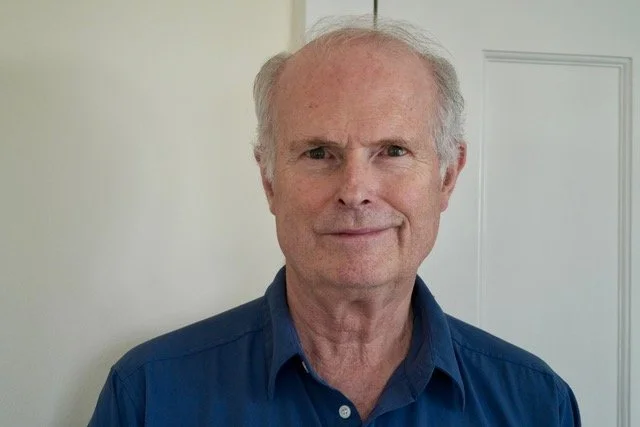Balance is compromised by rigidity, laxness, reduced awareness and by fear. Alexander Technique improves postural support and adaptability of muscle activity, enabling us to use an appropriate amount of muscle activity so that we are neither too rigid nor too lax. It helps us to have greater awareness of where our body is as a whole in space and how the parts are moving in relation to other parts, as well as the surrounding space. It gives us the tools to notice what we are doing so that we can choose our course of action with more conscious control, helping us to feel more confident. It also helps us to notice when we are pulling ourselves out of balance, both physically and psychologically, so that we can choose to come back to ourselves. We will explore some simple ways to investigate these aspects of Alexander Technique in relation to balance and presence.
About Mari Hodges, MScMed (Pain Management), TPS, M.AmSAT
Mari completed her Alexander Technique training at the Escuela de Técnica Alexander Buenos Aires in 2014. She holds a Therapeutic Pain Specialist certificate from Purdue University and a Master of Science in Medicine in Pain Management from the University of Sydney. She is also certified as an Art of Running instructor.
Mari is passionate about helping people navigate pain and get back to living life fully. Chronic neck and back pain led her to Alexander Technique and inspired her curiosity about pain science. Mari has a private practice as an Alexander Technique teacher and pain coach and runs the volunteer PainSavvy Walk & Talk in Montana, USA. She teaches courses on pain for AT teachers and other somatic practitioners and at University of Montana.
In her free time you can find Mari reading up on pain science, cross-country skiing and dancing tango.
discoverease.how


